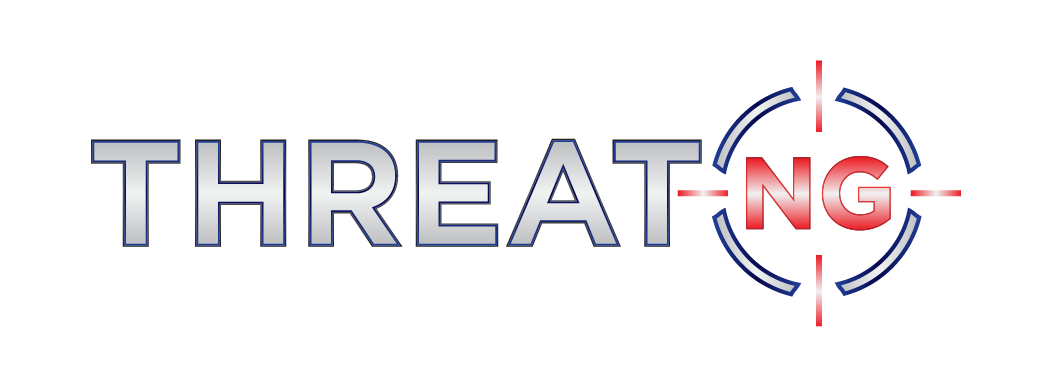Software Distribution Platforms
Software distribution platforms are digital channels that facilitate delivering and acquiring software applications to end-users. These platforms can take various forms, including app stores, online software retailers, and developer websites. They play a crucial role in the software ecosystem by providing a centralized location for users to discover, download, and install software, streamlining the process of acquiring and managing applications.
From a cybersecurity perspective, software distribution platforms offer security researchers and analysts a valuable resource. By providing access to a vast collection of software, these platforms enable researchers to analyze and study the security landscape of applications. This analysis can help identify potential vulnerabilities, malware, and other security threats that may be present in the software ecosystem. Furthermore, software distribution platforms can provide insights into the security practices and standards enforced by different platforms, contributing to a better understanding of the overall security posture of the software landscape.
Software distribution platforms serve as a valuable resource for users and security professionals, offering a convenient platform for accessing software while providing a rich dataset for cybersecurity research and analysis.
ThreatNG, with its comprehensive suite of features, can be a valuable tool for organizations to manage and mitigate security risks associated with apps discovered on various software distribution platforms. Here's a breakdown of how ThreatNG can help:
ThreatNG can identify and discover an organization's mobile apps present on software distribution platforms without needing authentication or internal access. This gives security teams a complete view of their mobile app exposure, even for apps published through unofficial channels or without their direct knowledge.
ThreatNG's external assessment capabilities allow organizations to evaluate the security posture of their mobile apps found on software distribution platforms. ThreatNG can analyze the app's code to identify sensitive information like API keys, authentication tokens, and private keys. It can also assess the app's communication with external servers, identify potential vulnerabilities, and flag any insecure coding practices.
3. Reporting:
ThreatNG provides detailed reports on the security posture of mobile apps found on software distribution platforms, including specific vulnerabilities and recommendations for remediation. These reports can be customized for audiences, from technical teams to executives, facilitating informed decision-making and prioritizing security efforts.
ThreatNG continuously monitors software distribution platforms for new versions or updates to an organization's mobile apps. This ensures that changes to the app's code or behavior are immediately detected and assessed for potential security risks.
ThreatNG offers various investigation modules that can be used to delve deeper into specific security concerns. For instance, the "Sensitive Code Exposure" module can identify the presence of hardcoded credentials or API keys within the app's code. The "Domain Intelligence" module can analyze the app's communication with external domains, flagging suspicious or potentially malicious connections.
ThreatNG maintains extensive intelligence repositories, including information on known vulnerabilities, compromised credentials, and dark web activity. This information enriches the analysis of mobile apps on software distribution platforms, providing context and insights into potential threats.
7. Working with Complementary Solutions:
ThreatNG can integrate with other security tools, such as mobile threat defense (MTD) solutions, to provide a more comprehensive approach to mobile app security. For example, ThreatNG can identify a vulnerable app on a software distribution platform, and an MTD solution can prevent users from downloading or installing that app on their devices.
8. Examples of ThreatNG Helping:
ThreatNG could identify an organization's mobile app on a software distribution platform that inadvertently exposed an API key, allowing unauthorized access to sensitive data.
ThreatNG could detect a malicious version of an organization's app on a software distribution platform designed to steal user credentials.
ThreatNG could monitor software distribution platforms for updates to an organization's apps and alert security teams if a new version introduces vulnerabilities.
9. Examples of ThreatNG Working with Complementary Solutions:
ThreatNG could integrate with a vulnerability scanner to perform dynamic analysis of mobile apps downloaded from software distribution platforms, identifying runtime vulnerabilities.
ThreatNG could integrate with a security information and event management (SIEM) system to correlate mobile app security events with other security data, providing a holistic view of the organization's security posture.
By using ThreatNG's comprehensive capabilities, organizations can proactively address the security risks associated with various software distribution platforms, ensuring the safety and integrity of their mobile apps and protecting their users and sensitive data.

